Do you have a question about the Philips 32PFL4908/F7 and is the answer not in the manual?
Provides step-by-step instructions for assembling the TV stand and attaching the base.
Connects the TV to devices via HDMI or HDMI-DVI for high-quality digital and analog video/audio.
Allows viewing photos (JPEG) and videos (Motion JPEG) stored on a USB Memory Stick.
Guides through selecting language, signal source, and location for initial TV configuration.
Helps customize picture settings by comparing and selecting preferred image options.
Controls linked HDMI devices for simplified operation, including device menu and playback control.
Instructions on how to access and navigate the main menu for settings like Picture, Sound, and Features.
A guided process to set optimal picture quality by adjusting parameters like brightness and contrast.
Allows fine-tuning of picture quality via color alignment, noise reduction, and gamma settings.
Adjusts audio settings such as Auto Sound, Equalizer, SRS TruSurround XT, and volume leveling.
Accesses settings for Autoprogram, Channel List, and Antenna/Cable signal source selection.
Customizes closed captioning display, including service, style, font, color, and background options.
Prevents children from watching programs by setting ratings and a PIN code.
Allows hiding specific channels or external input modes from the channel selection list.
Enables and configures EasyLink features to operate connected Philips devices via HDMI for unified control.
Guides on connecting a USB Memory Stick and viewing JPEG photos, including slideshow options.
Outlines steps for downloading, preparing, and installing software upgrades using a USB Memory Stick.
Outlines what the Philips warranty covers, including defects in materials and workmanship for new products.
Lists items and conditions not covered by the warranty, such as shipping, labor, and damage from misuse.
| Screen Size | 32 inches |
|---|---|
| Display Type | LCD |
| Resolution | 1920 x 1080 |
| Aspect Ratio | 16:9 |
| Refresh Rate | 60 Hz |
| HDMI Ports | 3 |
| USB Ports | 1 |
| Backlight Type | LED |
| Response Time | 8 ms |
| VGA Port | Yes |
| Composite Input | Yes |
| Headphone Jack | Yes |
| Built-in Speakers | Yes |
| Power Consumption (Standby) | 0.5 W |
| Audio Output | Digital Optical, RCA |
| Viewing Angle | 178° |
| Speaker Output | 16W (2 x 8W) |

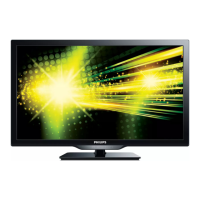

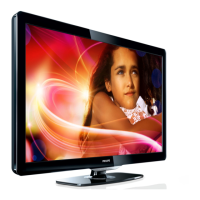
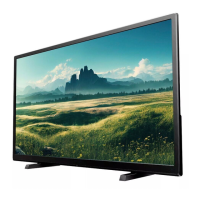
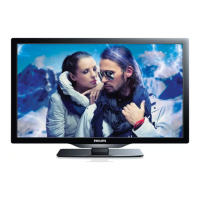
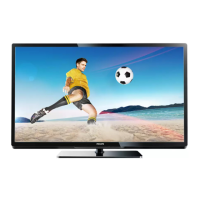
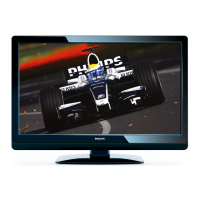



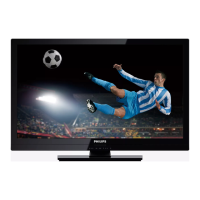
